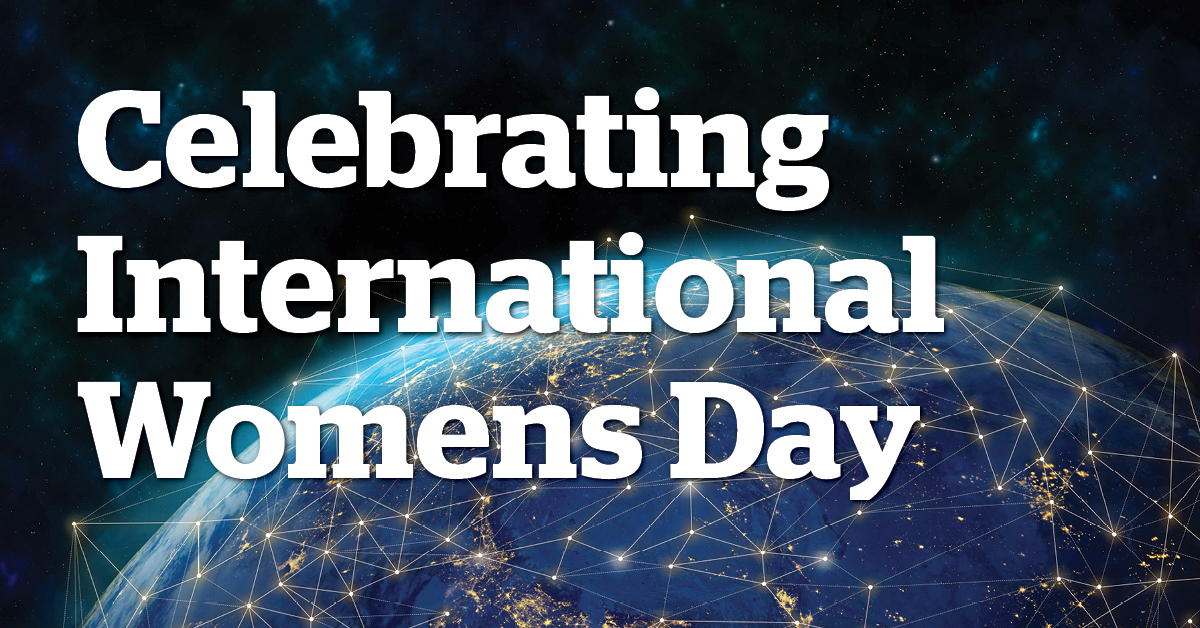International Women’s Day, falling on 8th March this year, is a good moment for us at Middlesex Aerospace to look at how we could encourage more women to pursue a career in engineering.
We take pride in our efforts to ensure our apprenticeship scheme is open to female students. But this has to be taken in context that, in our wider society, women remain very much a minority. The UK, like the US, only has around 16% of engineers that are women. Now that is a massive rise from sixty years ago, where women accounted for around 1% of all engineers, but we recognise much more work needs to be done to raise that percentage further.
There is no simple answer to how we can achieve this. And, to be fair, huge strides have been made within education to try and overcome deeply ingrained attitudes to women wanting to work in science disciplines. But if we were to make one small suggestion, it is to try and dispel the myth that, historically, women were never involved in engineering – and to make their achievements much more widely known.
When you look back, women have not just featured in the history of engineering, but also been responsible for many innovations too. We’ll list a few short examples here to illustrate this.
Notable Women In Engineering
When you look back, women have not just featured in the history of engineering. They have also been responsible for many innovations too. We’ll list a few short examples here to illustrate this.
- Beatrice Shilling, a MSc in mechanical engineering, developed the Rolls-Royce Merlin engine that gave fighter pilots a distinct advantage in combat (Beatrice’s birthday was, coincidentally, also the 8th March).
- Amy Johnson, famed for her record-breaking solo flights, was 22 years old when she became the first woman to receive a ground engineer certificate from the British Air Ministry.
- Women have played major roles in NASA space programmes over the years. Honourable mentions here to Kitty O’Brien Joyner, NASA’s first woman engineer, as well as Dorothy Vaughan and Mary Jackson.
- The development of gas-turbines for aircraft is largely down to the work of Dr Margaret Fishenden into combustion and heat transfer.
- Computing has perhaps seen the most visible achievements from women engineers. There was Ada Lovelace, the very first computer programmer for Babbage’s Analytical Engine. we will also make an honourable mention of the role of so many women in the development of electronic computing in the post-war period.
- You may know Hedy Lamarr as a famous actress but she was also responsible for developing frequency-hopping technology found today in the likes of Bluetooth enabled devices.
There are many more across different areas in engineering that could join the women highlighted above. The post-war cultural changes to the workplaces has ensured engineering is a career field that can be open to women. But as we are celebrating International Women’s Day we must work harder to remove the barriers that some women may feel are in place. We must celebrate the role than women have played in engineering. Then we will encourage a new generation to take that step and join them.

